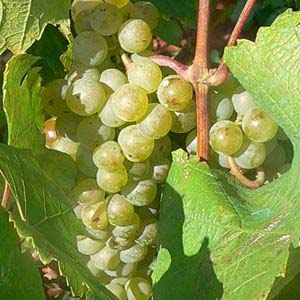 DELIVERY FROM £4.95
DELIVERY FROM £4.95 FREE DELIVERY FOR ORDERS OVER £100
FREE DELIVERY FOR ORDERS OVER £100Home » Community » Wine and Grape Guide » Malvasia

The name Malvasia refers not to a single grape, but to a diverse family of grape varieties, most of which are white, cultivated throughout Italy’s many wine regions. These varieties may differ in origin and appearance, yet they are united by a number of shared characteristics that have made Malvasia grapes popular in the production of aromatic wines for centuries.
Known for their intensely fragrant profiles, most Malvasia grapes display spicy, musky aromas, often with distinct notes of apricot, peach, honey, and floral undertones. Many also contain a naturally high level of residual sugar, giving the wines a fuller body and making them particularly suitable for crafting sweet wines, passito styles, and sparkling wines, as well as some aromatic dry whites.
One of the most widely planted varieties in the group is Malvasia Bianca, especially prevalent in southern Italy, where it is often blended with other indigenous grapes to bring aromatic lift and roundness to the wine. It is also found further north in Friuli Venezia Giulia, where it is vinified into fresh, perfumed white wines with good acidity and finesse.
Over the centuries, different regions have developed their own distinctive Malvasia expressions, such as:
Malvasia di Candia Aromatica, known for its intensely perfumed wines in Emilia-Romagna
Malvasia di Lipari, native to the Aeolian Islands and ideal for sweet, sun-dried wines
Malvasia Istriana, grown in Friuli and Croatia, often used for crisp dry whites
Malvasia Nera, a red-berried member of the family used for blending in southern red wines
Despite their differences, these grapes all contribute to Italy’s winemaking heritage with their expressive aromas, versatility, and distinctive charm. Whether you're sipping a sweet dessert wine or a crisp, floral white, there's likely a Malvasia behind the glass.



Before we say ciao, why not join our newsletter & stay up to date on everything happening on planet Italyabroad.com